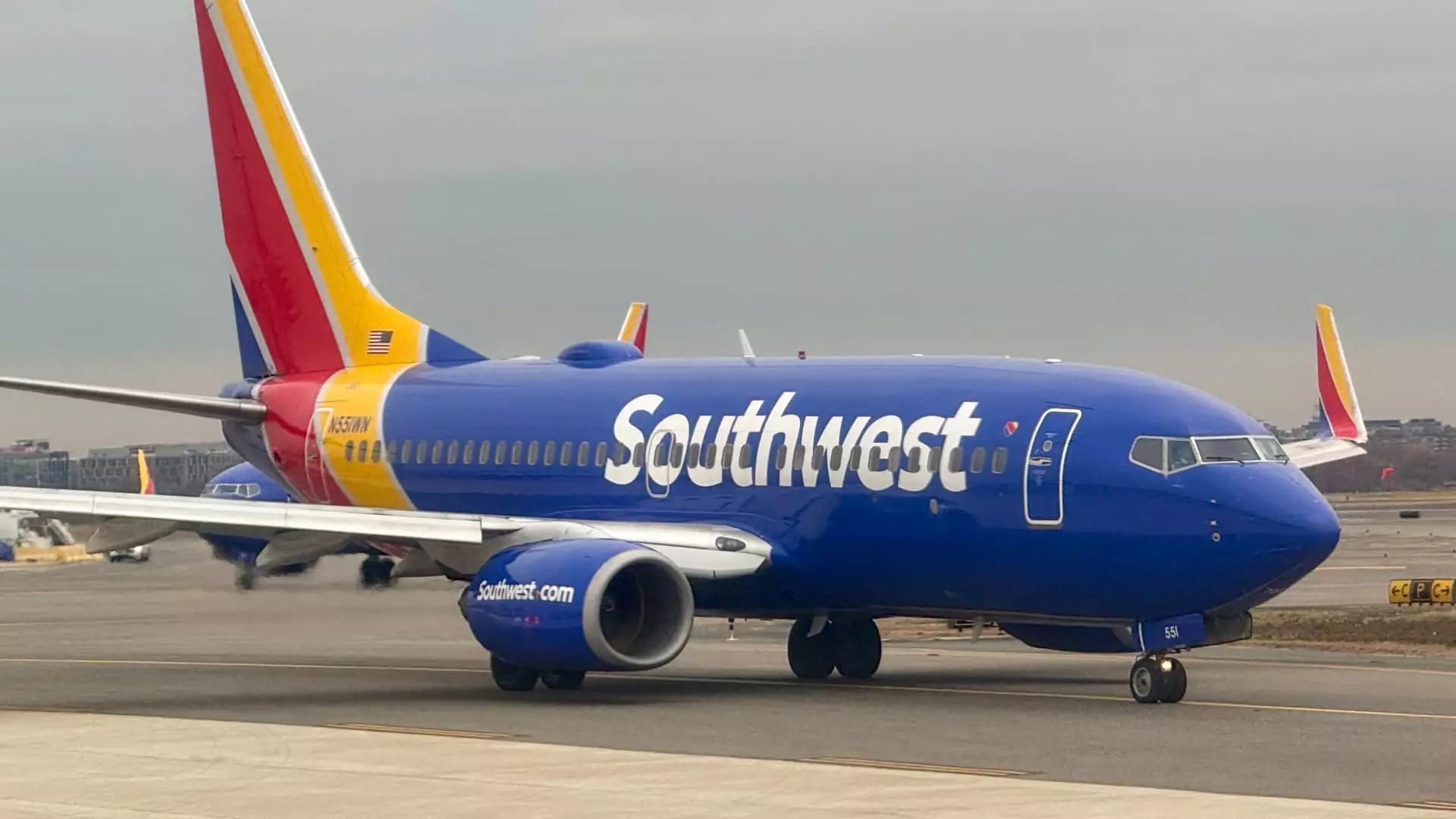In a bold move signaling its intent to streamline operations, Southwest Airlines announced on Monday that it will be reducing approximately 15% of its corporate workforce—translating to roughly 1,750 positions. This decision marks a historic point for the airline, as CEO Bob Jordan characterized the layoffs as “unprecedented” in the company’s 53-year history. As the airline industry continues to grapple with the repercussions of the COVID-19 pandemic and shifting market dynamics, Southwest is seeking to cut costs significantly. By implementing these layoffs, the company aims to save an estimated $210 million this year and approximately $300 million by 2026.
Jordan’s message to staff emphasized the necessity of making difficult choices in order to transition Southwest into a more efficient entity. “This is a pivotal moment as we transform Southwest Airlines into a leaner, faster, and more agile organization,” he stated, indicating that the company is not just trimming the workforce but is also recalibrating its operational approach. The layoffs are slated to be completed largely by the end of the second quarter, with a particular focus on cutting higher-level roles, a strategy that suggests a top-down approach to restructuring.
This significant shift comes on the heels of a tumultuous engagement with activist investor Elliott Investment Management, which has been instrumental in pushing for changes within the company. Elliott’s recent victory in securing five board seats—while not achieving full control—demonstrates an ongoing demand for enhanced corporate governance and accountability at Southwest. Their influence emphasizes a growing trend where investors are advocating for operational efficiencies and strategic pivots.
Prior Cost-Cutting Measures
The layoffs are part of a broader pattern of recent cost containment strategies at Southwest, which include enacting a hiring freeze, winding down the internship program, and discontinuing longstanding company traditions like team-building rallies. Each of these adjustments represents a calculated approach to counteract financial strains and enhance overall profitability. Moreover, the airline has made a concerted effort to eradicate unprofitable routes and assess its long-standing operational models. Notably, Southwest has indicated plans to transition from its open seating arrangement—a feature that had been part of its identity for over half a century—to a more structured assigned seating system, signaling a willingness to modernize in response to consumer demands.
Looking forward, Jordan underscored the importance of focusing on essential projects, minimizing redundant functions, and fostering a straightforward organizational framework that promotes clarity and urgency in decision-making. The layoffs are set to take effect by late April, with the majority of those impacted continuing to receive their salary, benefits, and bonuses until that time. This reflects a level of responsibility towards employees even amidst difficult transitions, portraying the human side of corporate restructuring.
Overall, while these measures may seem harsh, they are part of a necessary evolution aimed at positioning Southwest Airlines for future success in an increasingly competitive environment. The combination of workforce reductions, strategic route assessments, and procedural innovations lays the groundwork for the kind of agile and responsive organization that today’s market demands.


Leave a Reply